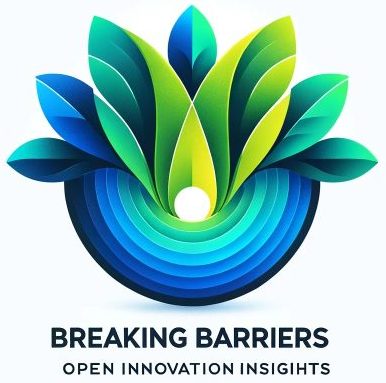The distinction between technology and information has become increasingly blurred in today’s rapidly evolving business landscape. Many organizations fall into the trap of prioritizing technological advancements over the foundational element that powers these advancements: information. This perspective, however, overlooks a critical insight—not technology itself, which is the ultimate driver of success, but the information that technology enables us to access, analyze, and act upon. A shift in mindset is required, one that every employee, from the ground up to the leadership, needs to embrace: information should always precede technology.
Focusing solely on technology can inadvertently foster a culture resistant to change. It’s akin to putting the cart before the horse, where our tools dictate our direction rather than our goals and the information guiding our choice of tools. This technology-first approach may lead to a disconnection from the realities and dynamics of the market and internal organization that businesses aim to navigate and influence. Conversely, prioritizing information keeps an organization grounded and connected to its ever-shifting external and internal landscapes. In this paradigm, technology is viewed as a tool that enables connectivity to information rather than an end in itself.
The real power of placing information first is most evident when solving problems and driving innovation. Consider the example of a sales team equipped with a Customer Relationship Management (CRM) system. Suppose the system is implemented with rigid, predefined processes for recording customer interactions and sales data. In that case, it may restrict the team’s ability to adapt to new sales strategies or understand deeper customer needs. This technology-centric approach can make the team less successful, as they are constrained by the tool’s limitations rather than empowered by the insights it could provide.
In contrast, imagine providing the same sales team with a 360-degree view of customer data without strict processes on how this data must be used. This approach encourages the team to explore the data creatively, deriving meaningful insights that can lead to innovative sales strategies and improved customer relationships. Here, technology serves as an enabler, a means to access and analyze information, but the information itself is the focus. The goal is not to limit employees with technology that regurgitates the same data but to motivate them to uncover intrinsic insights that lie beyond the reach of predefined tools and processes.
Innovation thrives in environments where information, rather than technology, is the focal point. It is not solely the responsibility of a few designated leaders or employees to innovate; instead, innovation should be a culture that permeates the entire organization. Organizations can foster a culture of continuous learning and adaptation by empowering every individual to seek out and act upon new information. This culture of innovation is built over time through processes and attitudes that encourage exploration, curiosity, and the pursuit of knowledge.
Moreover, prioritizing information over technology plays a crucial role in retaining and utilizing valuable knowledge within an organization. Seasoned and veteran employees possess a wealth of experience and insights that are irreplaceable. By focusing on information, organizations can create systems and cultures that effectively capture and disseminate this knowledge, ensuring it is preserved but leveraged to gain a competitive advantage.
The transition to an information-first mindset requires deliberate effort and strategic planning. It involves reevaluating the role of technology within the organization, not as the master but as the servant to the greater goal of understanding and leveraging information. It requires investing in training and development to ensure that employees at all levels have the skills to use technology and extract, analyze, and act upon the information it provides. And perhaps most importantly, it necessitates a cultural shift that values curiosity, flexibility, and the relentless pursuit of deeper understanding and innovation.
In conclusion, the essence of a successful organization in today’s digital age lies not in the sophistication of its technology but in the depth of its understanding and the strategic use of information. By prioritizing information over technology, organizations can remain agile, innovative, and competitive, adeptly navigating the complexities of the modern business environment.



